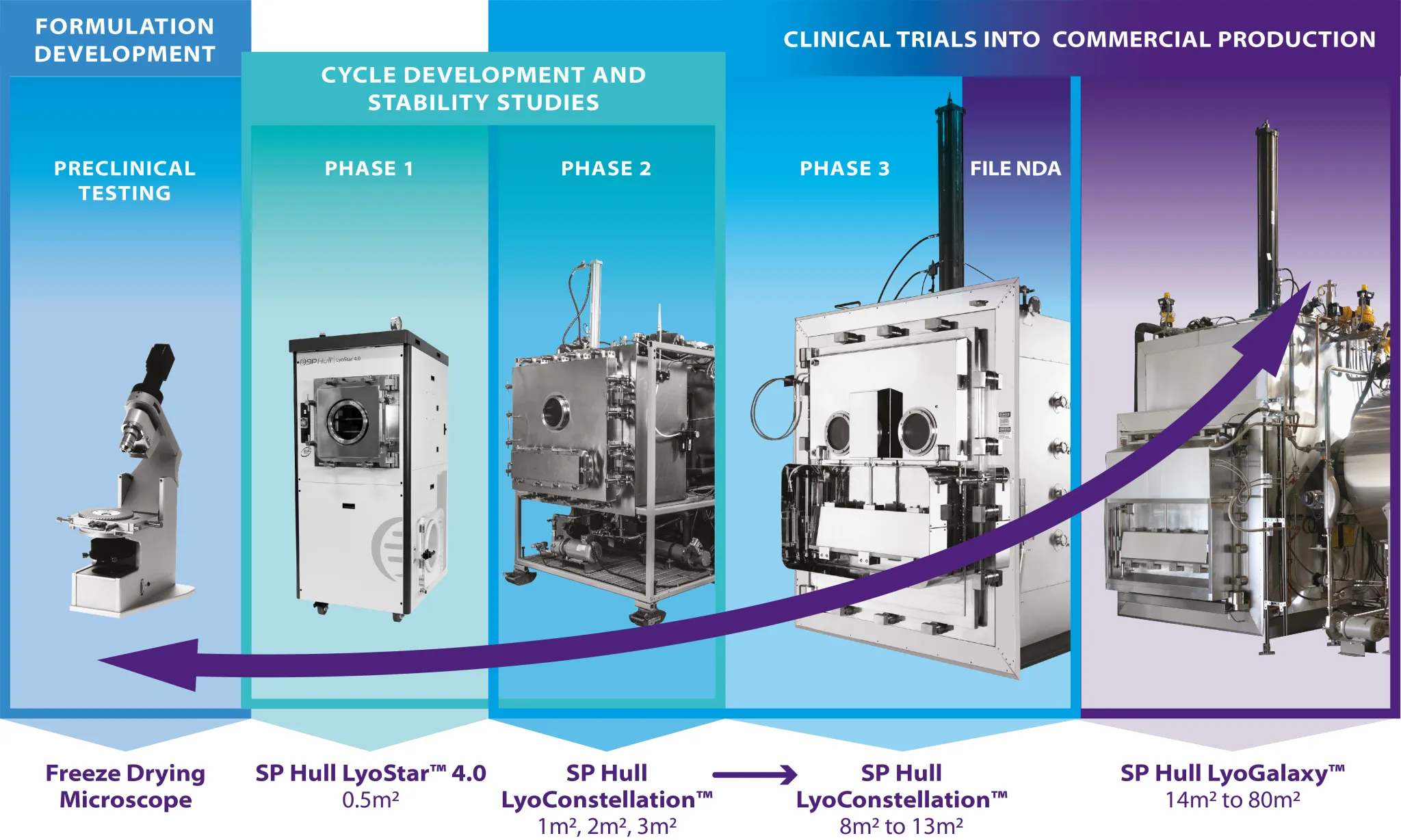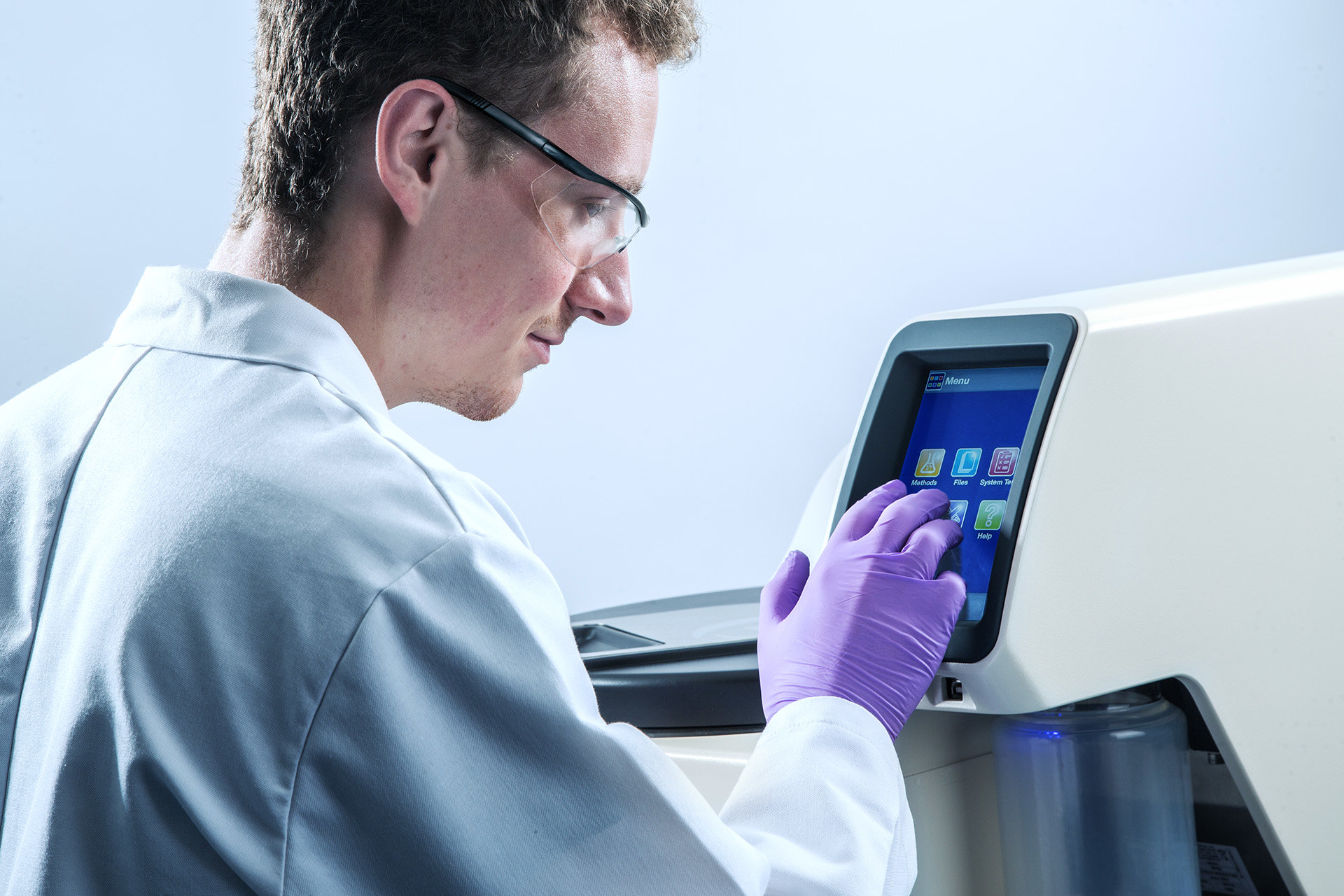Mannitol, a popular bulking agent, has propensity to exist in different physical forms in the lyophilized formulations. Presence of mannitol in its hydrated form is generally undesirable as the released lattice water may cause product degradation and instability. We systematically studied dehydration behaviour of mannitol hemihydrate (MHH) under relative humidities (RH) ranging from 11 to 97% at RT. The dehydration kinetics of MHH and the crystallization propensity of sucrose were simultaneously monitored by X-ray diffractometry (XRD). The dehydration rate increased as a function of water vapor pressure, an anomalous behavior which can be explained by the Smith–Topley effect. Select vials, stored at 40°C, had rubber stoppers fitted with humidity sensors enabling the continuous monitoring the headspace RH. A two-step increase in headspace RH, attributed to MHH dehydration, eventually triggered sucrose crystallization. Presented by Dr. Seema Thakral, Ph.D. Researcher-6 and Communications Director for the CharFac facility at the College of Pharmacy at University of Minnesota
-
Products Pharmaceutical Processing Equipment Fill-Finish / Aseptic Processing Equipment Aseptic & Production-Scale Freeze Dryers Lyophilization Technology & PAT Tools
-
Applications
Find Products by Applications & Industries
- Brands
-
Learning Lab
Explore the Learning Lab
- Service & Support
-
About Us
Learn more about SP








